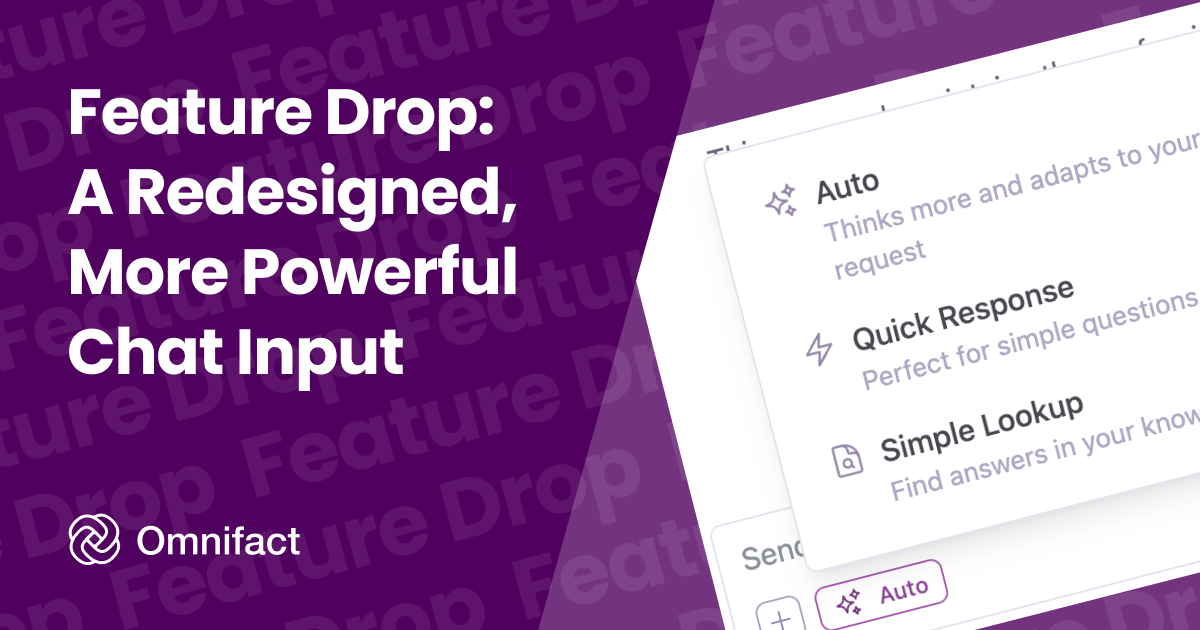
The EU AI Act introduces the world's first comprehensive legal framework for Artificial Intelligence.
The EU AI Act is Coming — Is Your Business Ready?
Published on October 9th, 2025
The European Union’s AI Act is starting to come into effect, introducing the world’s first major rules for Artificial Intelligence. For businesses, this isn't just another regulation to track; it’s a fundamental shift in how AI can be used and managed. With important new rules for General-Purpose AI (GPAI) models—the technology behind many popular AI tools active August 2, 2025, now is the time to understand what this means for your company.
This guide will walk you through the key changes, explain what your business should be aware of, and provide a clear, practical list to help you prepare.
What is the EU AI Act? A Quick Overview
The AI Act is a new set of laws that classifies AI systems into four risk levels, from "unacceptable" (which are banned entirely) to "minimal." The main goal is to make sure AI is used in a way that is safe, trustworthy, and respects people's rights. While most common AI tools like spam filters fall into the minimal risk group, any systems considered "high-risk"—such as those used in hiring, finance, or critical infrastructure—will have to meet very strict standards.
For most companies, however, the most immediate and important change is the new set of rules for General-Purpose AI.
New Rules for AI Models Are Here
Starting from August 2, 2025, any company using a GPAI model in the EU will need to ensure it meets new requirements for transparency and copyright. To help businesses adapt, the European Commission has provided two key resources:
- A GPAI Code of Practice: This is a guide with practical advice on how to be transparent, respect copyright, and ensure safety when using AI.
- A Training-Data Summary Template: This is a required format for explaining what data was used to train an AI model.
These rules are not just for tech companies; they apply to any business that uses these AI models. While existing models have until 2027 to get up to speed, any new AI tools you bring into your business must comply from day one.
What Your Business Needs to Be Aware Of
Getting ready for the AI Act doesn’t have to be complicated. Here’s a simple list of what your company should start thinking about now.
1. Know Your AI: Do you have a record of the AI you use?
- What to know: It’s time to start keeping track of the AI tools and models your teams are using. The new rules require transparency, and the first step is knowing what AI is active in your business.
2. Understand the Data: Where does the training data come from?
- What to know: The AI Act places a strong emphasis on copyright. Your business needs to be confident that the AI models you use were trained on data that was sourced legally and ethically. Be sure to ask your AI provider for this information.
3. Plan for Oversight: Who is responsible for monitoring AI use?
- What to know: Your company is responsible for how it uses AI. This means you need a plan for monitoring your AI tools for any issues or unexpected behavior. Having clear internal ownership for AI oversight is becoming essential.
Looking Ahead
The AI Act is a major step in the global regulation of artificial intelligence. As we get closer to the 2026 deadline for high-risk systems, having a clear strategy for AI governance will be more important than ever. Now is the perfect time to review your AI strategy, plan for your 2026 roadmap, and make sure your business is ready for what's next.
By taking these simple steps today, you can build a strong foundation for compliance, turn a regulatory hurdle into a business advantage, and ensure you're prepared for the future of AI. When evaluating AI tools for your business, look for platforms that prioritize security, transparency, and compliance with regulations like the AI Act. If you'd like to see how Omnifact can help your organization navigate these new requirements, contact us to schedule a demo and learn more about our secure AI platform.

